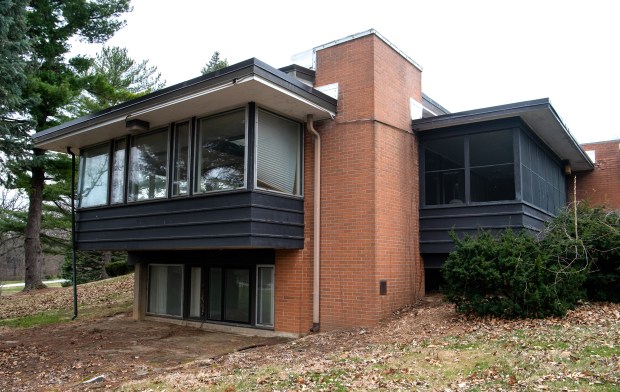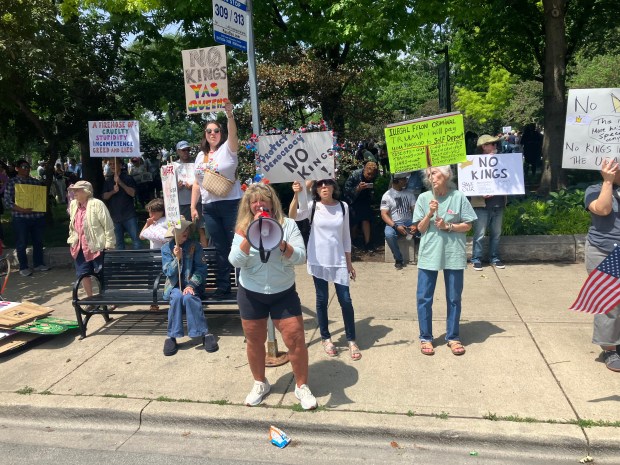Indiana Landmarks Northwest Field Director Blake Swihart now occupies an office first used by former Valparaiso University President O.P. Kretzmann. Linwood House, which formerly housed VU presidents and their families, is becoming Indiana Landmarks’ new Northwest field office.
Linwood House was built in 1959 to move the president and his family to what was becoming the new part of the campus.
The Chapel of the Resurrection, which opened the same year, was also designed by Park Ridge architect Charles Stade.
The 2,900-square-foot home was “pretty big for that era,” Swihart said.
In leasing Linwood House from Valparaiso University, Indiana Landmarks plans to restore the structure and work with VU on getting it listed on the National Register of Historic Places.
Linwood House easily qualifies for inclusion on the national register, Swihart said.
It has large oak beams, birch around the windows, and a distinctive brick architect Stade had specially produced at a now-defunct brickyard. The long, skinny Norman-style brick is a “Valpo amber matte” color. It was also used at the chapel.
“The university has done a really good job of maintaining this over the years,” Swihart said. There’s some cosmetic and deferred maintenance ahead, but overall, it’s in very good condition, he said.
There are large casement windows throughout the home that have single-pane glass, original to the home built 66 years ago. The storm windows don’t prevent heat loss as much as modern windows do.
A nifty feature is an intercom system throughout the home, allowing the president and his family to talk with each other throughout the home. The radio system is still in the kitchen wall.
There’s also a cabinet that opens up to a cinderblock cavity in the kitchen. Swihart doesn’t know what was originally there but hopes to find out someday.
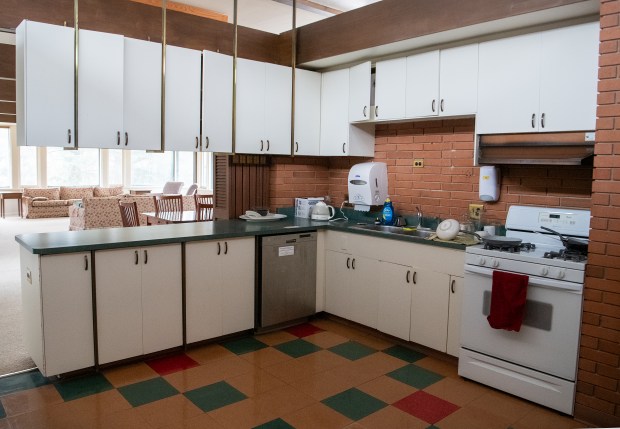
Bedrooms have been converted to offices. Swihart pointed to a wall that will be removed to create a conference room from two smaller spaces.
The house had three or four bedrooms originally. “All the bedrooms are south-facing, so they must have gotten really good light,” Swihart said.
From another room, he pointed out the window to the lawn, where dirt and sand hide a patio added in the 1970s.
The office Swihart is moving into has stained glass blocks and bricks that appear to have had votive candles on them, based on stains on the bottom of some bricks.
An original plan for the home included an altar in the office – it’s a Lutheran university, after all – but Swihart doesn’t know if it was ever built.
From above, the building resembles a cross, but Swihart hasn’t seen physical proof that the shape was intentional. After it was built, the president wanted the carport to be converted into an enclosed garage. The garage has since been converted into a main entrance, shifting the entrance 90 degrees away from its original frontage on Linwood Road.
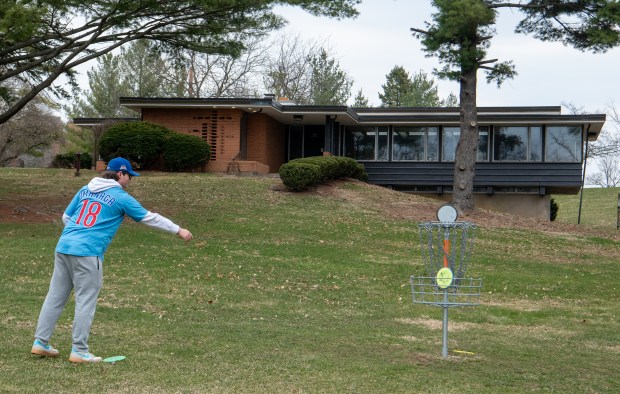
A large living room with a fireplace was used for faculty meetings and even student gatherings, Swihart said. The university president often gathered freshmen into his home to welcome them to VU.
In the early 1980s, VU’s president decided to live in a private home rather than at Linwood House. That makes sense as a way to meet the family’s needs, including the added benefit of giving the president’s spouse more privacy, Swihart said.
Since then, it has been used as office space. A sign still in place at Linwood House refers to the Project on Civic Reflection and the Lilly Fellows Program.
VU moved out of the building last year and quickly entered into talks with Indiana Landmarks. “Buildings like to be used,” Swihart said.
This isn’t the first time Indiana Landmarks has moved into a historic structure.
It’s leaving the former Illinois Bell Telephone building on Lake Street in Gary’s Miller neighborhood, where it has been housed for more than a decade.
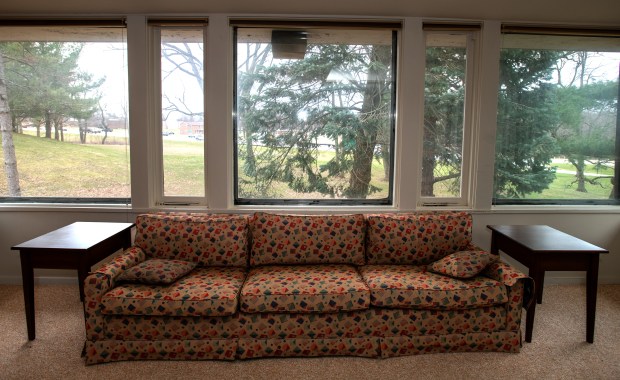
Indiana Landmarks quickly found a new owner for the Lake Street building, which also houses the Nelson Algren Museum. The Miller Beach Arts and Creative District needed the space for administrative offices and artists, Swihart said.
Linwood House is bigger than Indiana Landmarks needs, so Swihart is hoping to find tenants for the extra space. They likely would be nonprofits with a mission generally aligned with Indiana Landmarks’ aims, he said.
From Linwood House, Swihart and his team will focus on properties in Porter, Lake, Newton, Jasper and White counties.
Doug Ross is a freelance reporter for the Post-Tribune.


